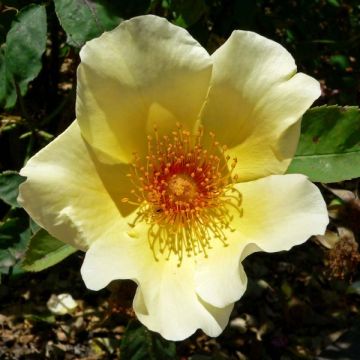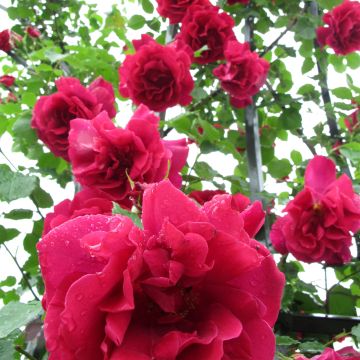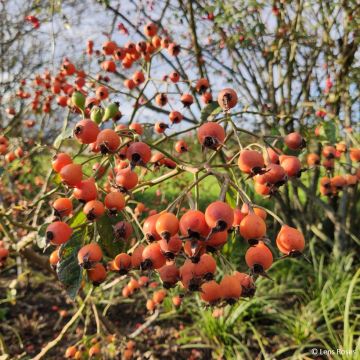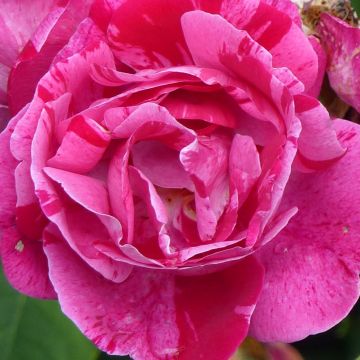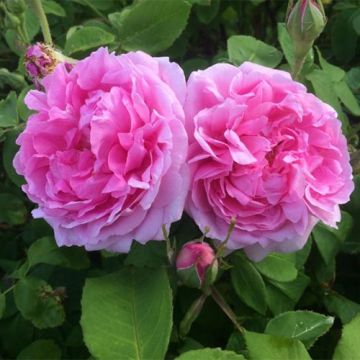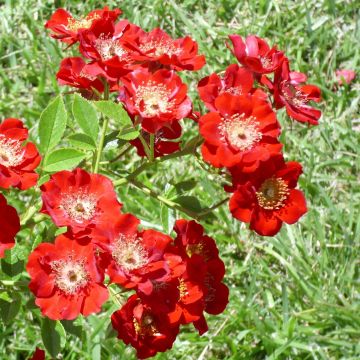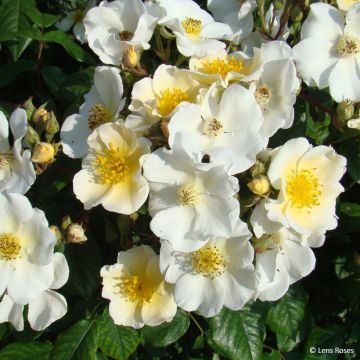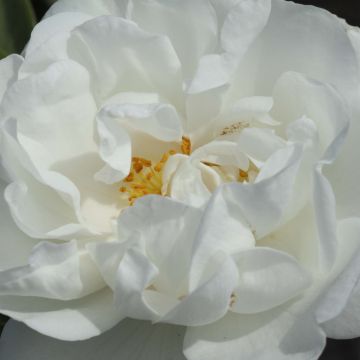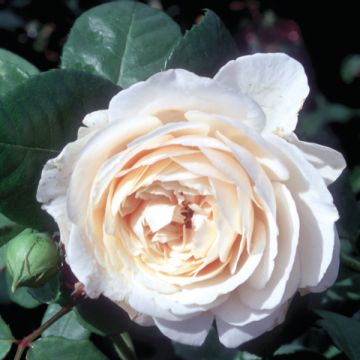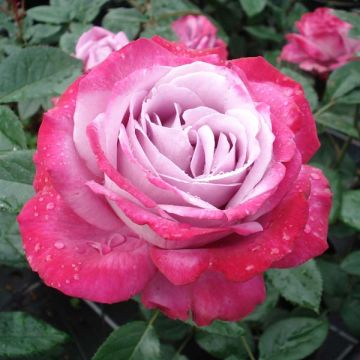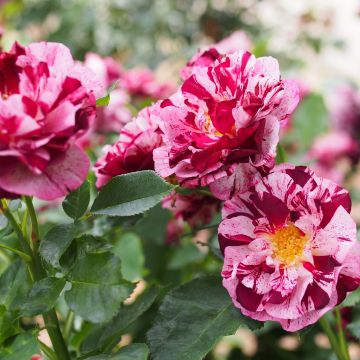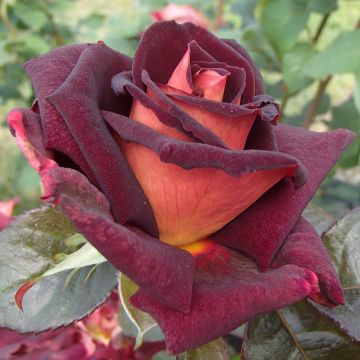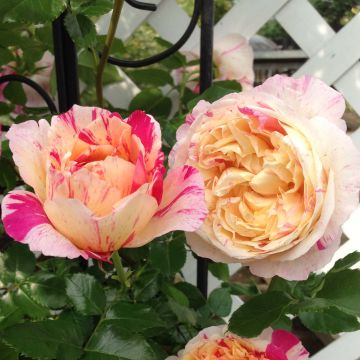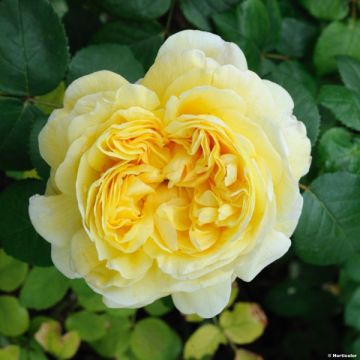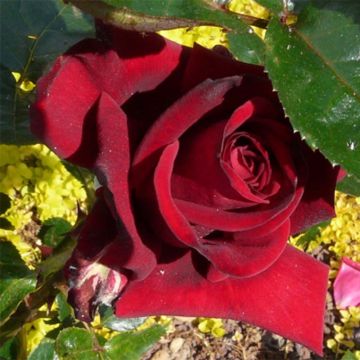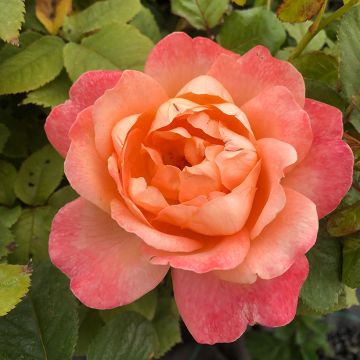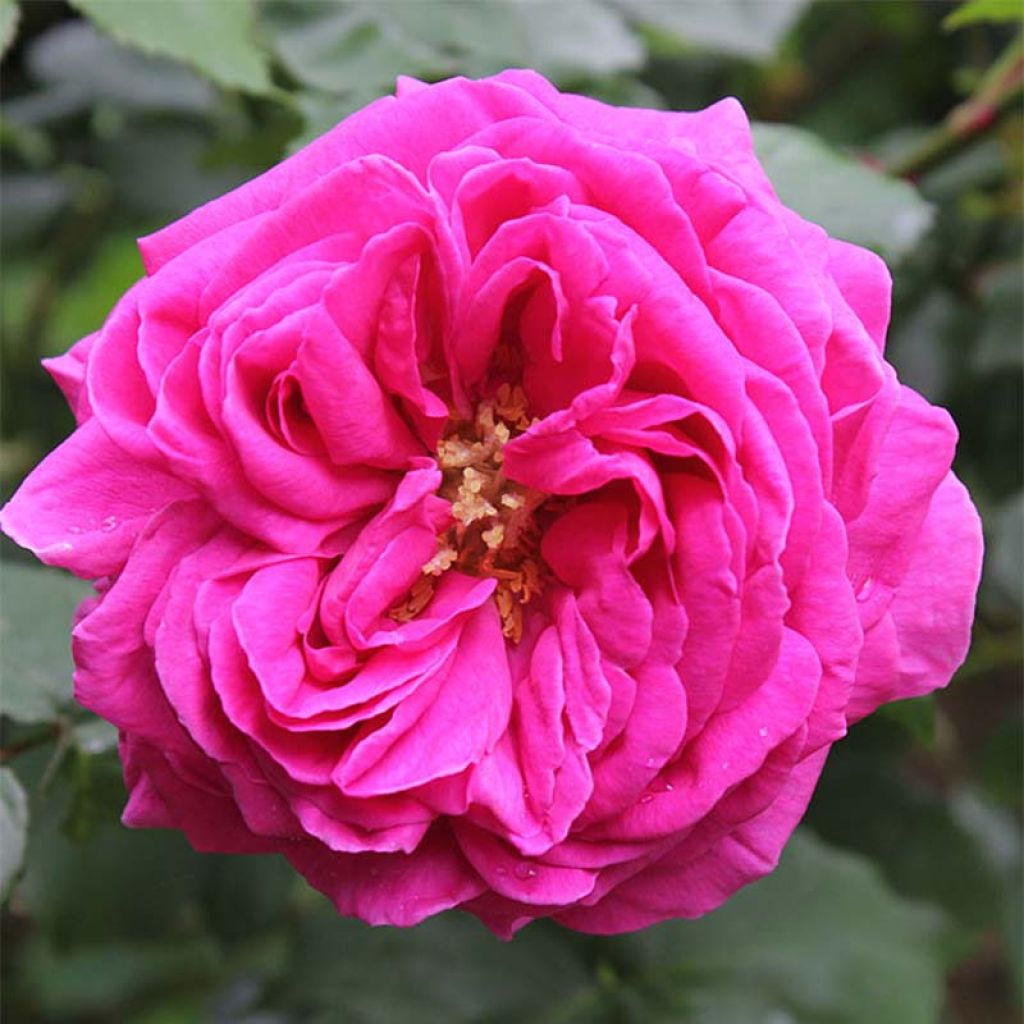

Rosa Mme Issac Pereire - Bourbon Rose
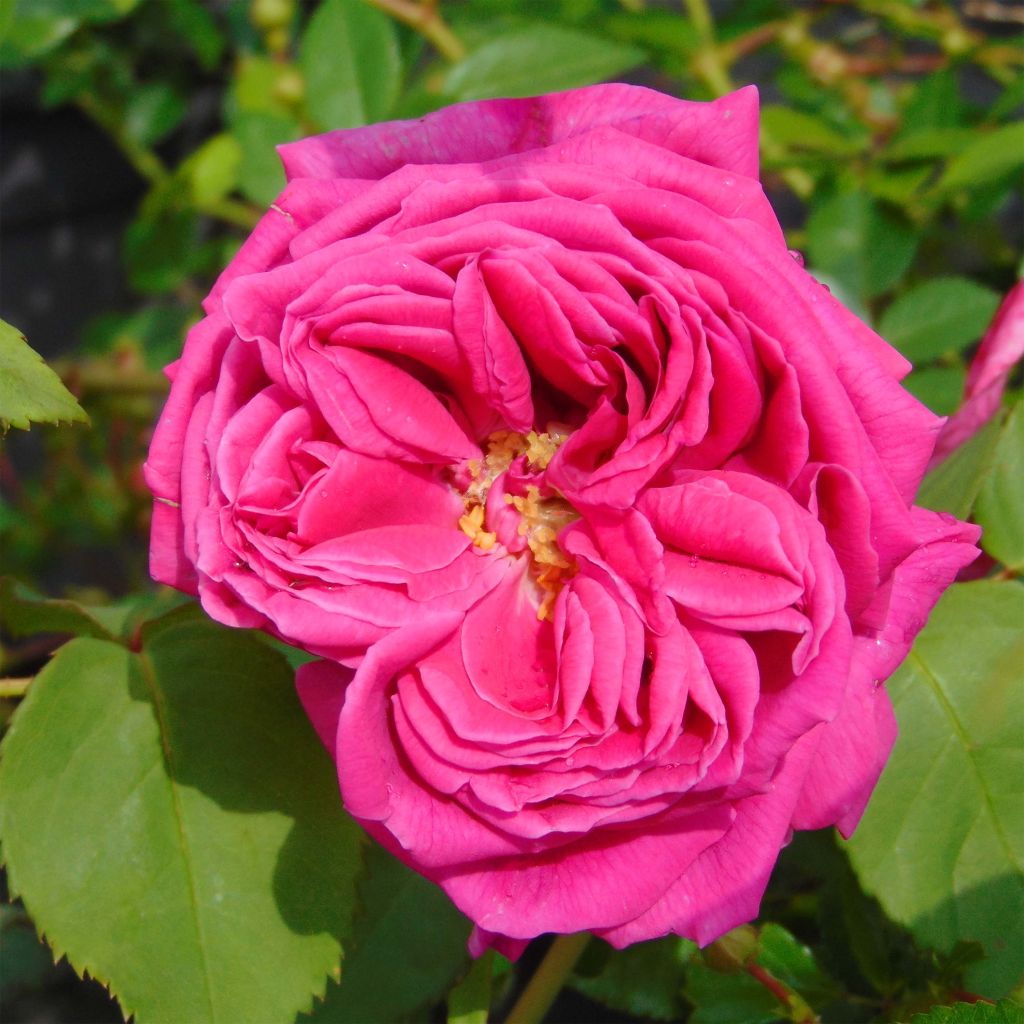

Rosa Mme Issac Pereire - Bourbon Rose
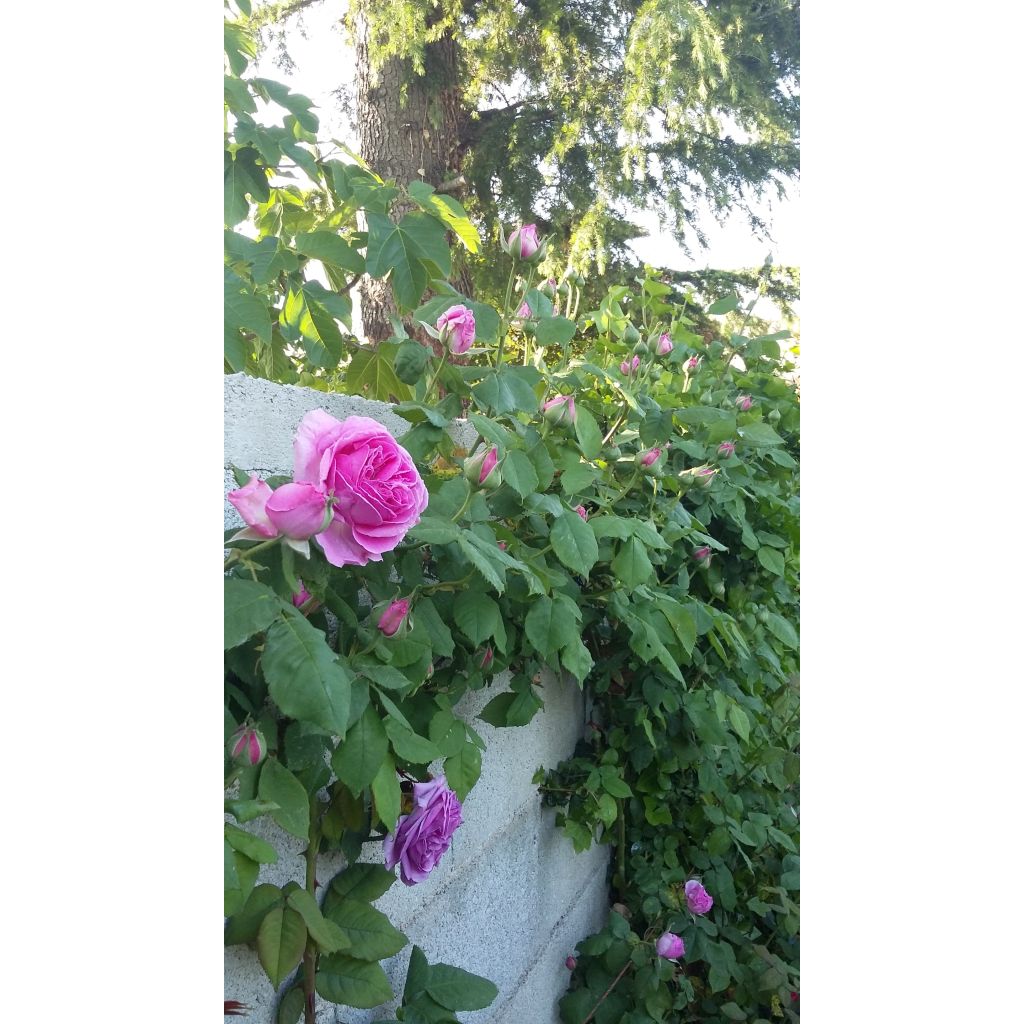

Rosa Mme Issac Pereire - Bourbon Rose
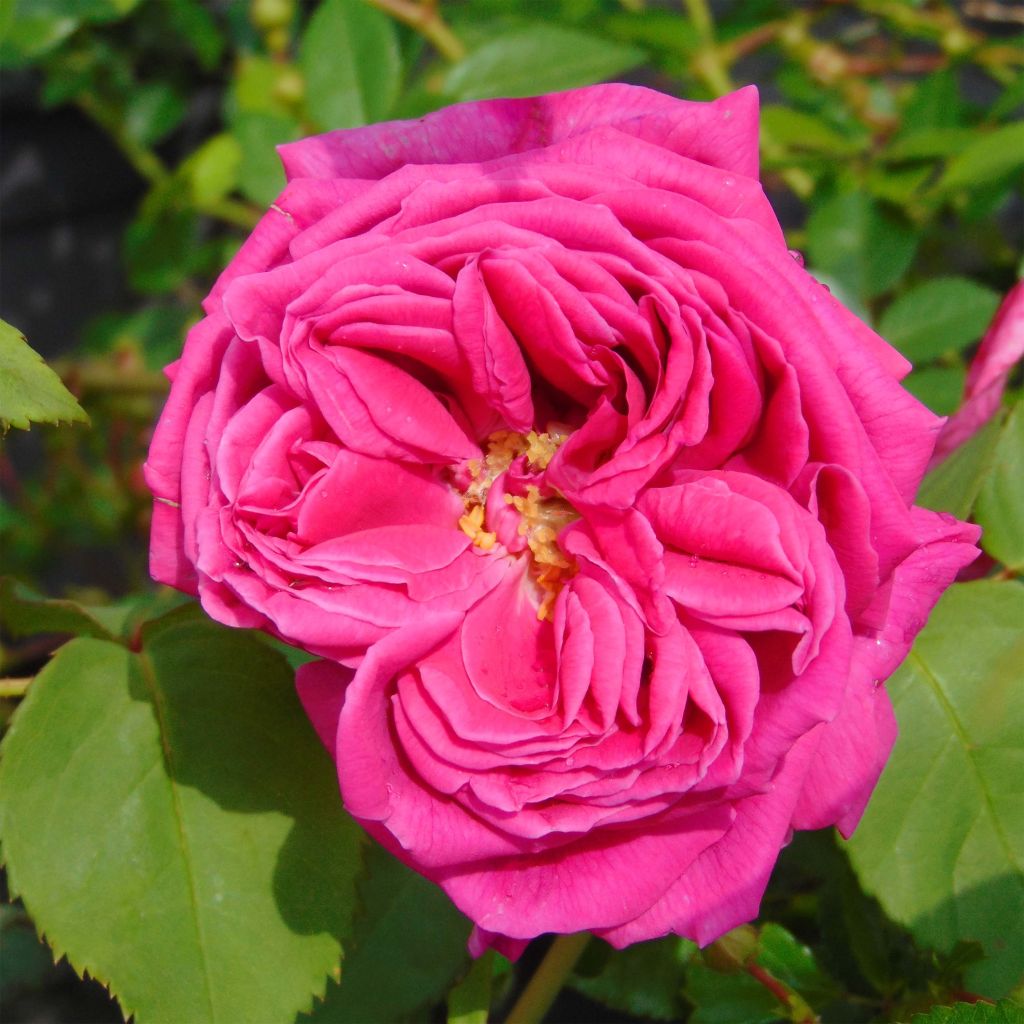

Rosa Mme Issac Pereire - Bourbon Rose
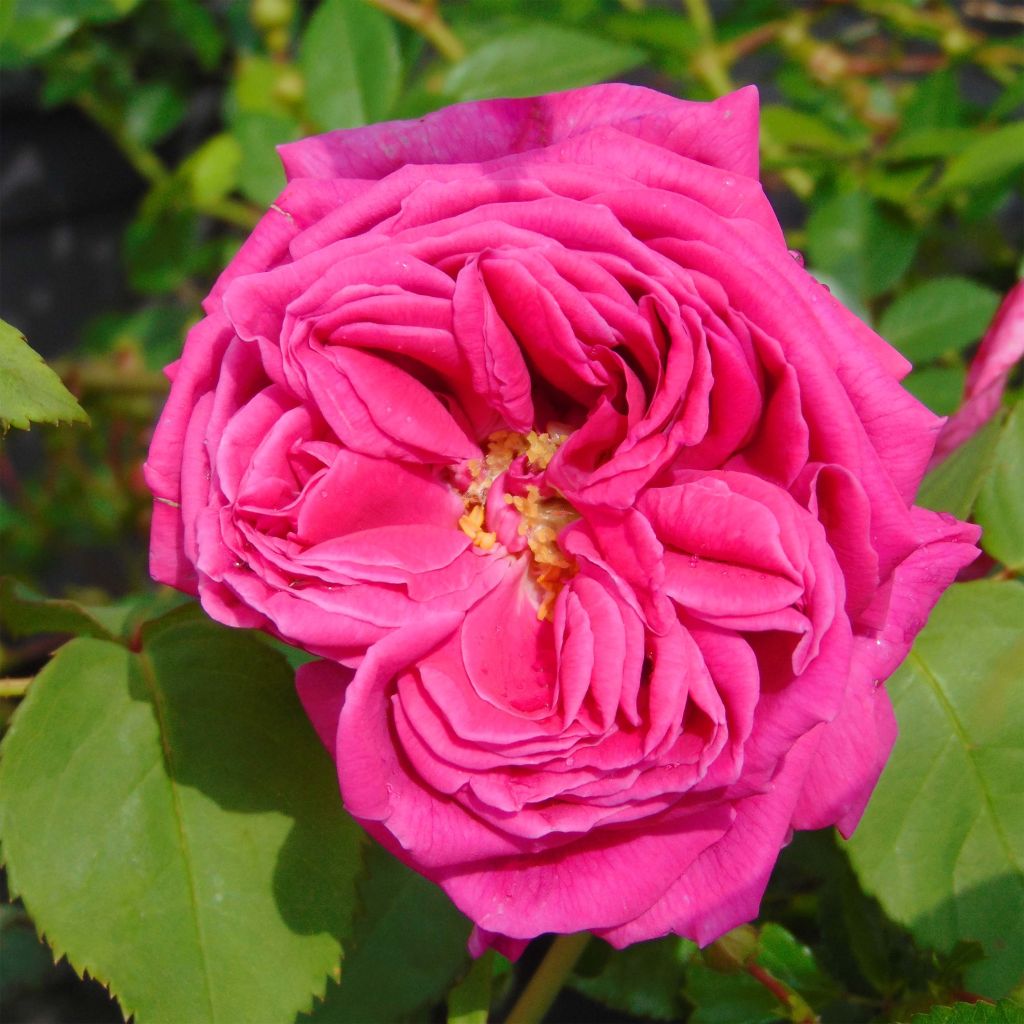

Rosa Mme Issac Pereire - Bourbon Rose
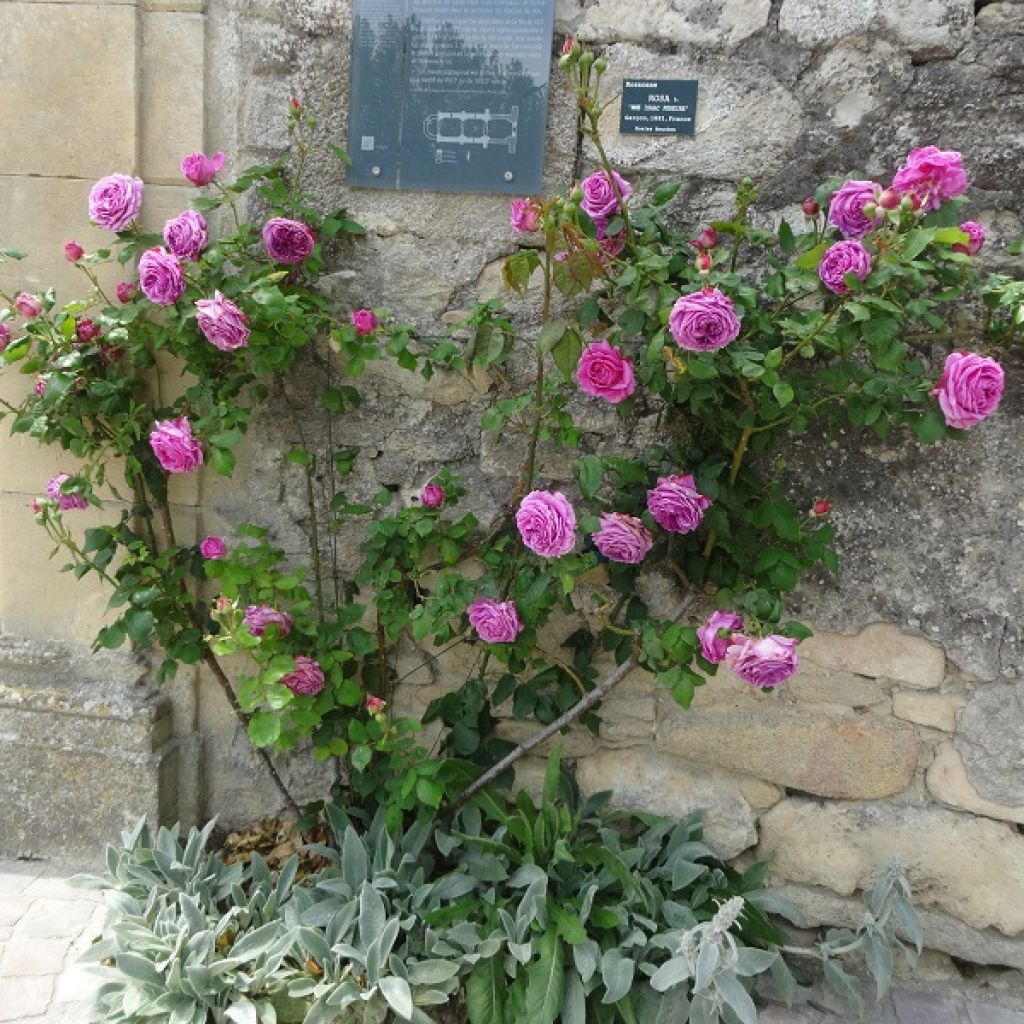

Rosa Mme Issac Pereire - Bourbon Rose
Rosa Mme Issac Pereire - Bourbon Rose
Rosa x bourbon Mme Issac Pereire
Bourbon Rose
Acquired last spring, a beautiful rose with exquisite fragrance that bloomed well and developed nicely throughout the summer. It has been blooming well so far, I highly recommend it for any garden!
laurrelley, 08/12/2024
This item cannot be shipped to the selected country
Delivery charge from €5.90
Delivery charge from €5.90
Delivery charge from €5.90
Delivery to Corse prohibited
More information
Schedule delivery date,
and select date in basket
This plant carries a 24 months recovery warranty
More information
We guarantee the quality of our plants for a full growing cycle, and will replace at our expense any plant that fails to recover under normal climatic and planting conditions.
From €5.90 for pickup delivery and €6.90 for home delivery
Express home delivery from €8.90.
From €5.90 for pickup delivery and €6.90 for home delivery
Express home delivery from €8.90.
From €5.90 for pickup delivery and €6.90 for home delivery
Express home delivery from €8.90.
Delivery to Corse prohibited: UE law prohibits the import of this plant from mainland France to Corse as part of the fight against Xylella fastidiosa. Please accept our sincere apologies.
More information
Does this plant fit my garden?
Set up your Plantfit profile →
Description
The 'Mme Isaac Pereire' old rose is essential in the garden of a lover of old roses. This impressive variety, capable of forming a large bush or even climbing to several metres, depending on the growing conditions, needs space to spread its branches adorned with lush foliage, and to display all the splendour of its large, extremely double flowers, of a bright red-pink carmine, forming a beautiful whirlwind from which emanates a powerful, heady and intoxicating fragrance. Very recurrent if the soil remains moist, it still retains all its interest in autumn.
Rosa 'Mme Isaac Pereire' is an old shrub variety, introduced in 1881 by Garçon, a breeder who disappeared without any successors. It comes from the 'Bourbon' rose, a hybrid of Rosa damascena var. semperflorens and Rosa chinensis 'Parson's Pink China' or 'Old Blush', discovered on the island of the same name, now called Réunion Island. Its other ancestor is called Rosa x odorata 'Ochroleuca', a very old Chinese garden rose. Of beautiful stature, it forms a bushy bush with a spacious habit without being stiff, which can reach well over 2.50m in height and 1.50m (4 ft 11in) in width. Its deciduous and abundant foliage is carried by flexible but sturdy stems. Its colour is rather light green, and it has a rather good resistance to diseases if it is not lacking in water or nutrients. It generally blooms in June, sometimes as early as May, abundantly, and then again in September-October, once it is well established in fertile soil. It produces large, very double roses, slightly inclined, in round cups, but well open, about 9cm (3.5in) wide, formed by very numerous petals. Those located at the edge of the corolla curl outwards, accentuating the bulbous shape of this rose. Their colour, intense and warm, blends fuchsia pink and red. The fragrance of its roses is powerful and warm, with hints of pepper.
The use of the 'Mme Isaac Pereire' rose is varied, from romantic bouquets, to landscaping hedges, training as a climber, to isolated specimens on a lawn. Its roses go well with white, blue, mauve or violet flowers, as well as the silvery foliage of Artemisias, Snow Pear (Pyrus nivalis) or Willow-leaf Pear (Pyrus salicifolia). It will also stand proud above a carpet of Stachys lanata, and watch the white foxgloves pass by. It will also thrive in a tall border, in the company of variegated dogwoods, serviceberries, snowball viburnums or iteas, which will highlight its flowering. It also deserves, for its wonderful fragrance, to be planted as close as possible to a heavily trafficked path or against a house wall, but not in a scorching position.
Report an error about the product description
Rosa Mme Issac Pereire - Bourbon Rose in pictures


Plant habit
Flowering
Foliage
Botanical data
Rosa
x bourbon
Mme Issac Pereire
Rosaceae
Bourbon Rose
Cultivar or hybrid
Rosa canina Laxa (4L/5L pot, Wrapped bare root)
Other Traditional Roses
Planting and care
Plant your Rosa 'Mme Isaac Pereire' in a sunny or semi-shaded location. Ancient roses are tolerant but do not appreciate excessive limestone. They will adapt to any garden as long as the soil is well worked, not too heavy, and rich enough. To install your rose, work the soil by crumbling it well and placing an amendment at the bottom of the planting hole, such as dried blood or dehydrated horn. Water generously after planting to remove air pockets, and water regularly during dry weather for the first two years. Water regularly for a few weeks to facilitate root growth.
Pruning ancient roses mainly consists of removing faded flowers gradually, unless one wants to keep the decorative berries.
Avoid pruning to maintain an interesting bushy shape.
However, in late winter (March), it is possible to remove branches located in the middle of the bush that tend to suffocate it.
Roses are often stained or unsightly at the end of summer, but this is not a problem for their development. These stains are not harmful to the rose; it is a natural phenomenon.
Planting period
Intended location
Care
-
, onOrder confirmed
Reply from on Promesse de fleurs
Fragrant Roses
Haven't found what you were looking for?
Hardiness is the lowest winter temperature a plant can endure without suffering serious damage or even dying. However, hardiness is affected by location (a sheltered area, such as a patio), protection (winter cover) and soil type (hardiness is improved by well-drained soil).

Photo Sharing Terms & Conditions
In order to encourage gardeners to interact and share their experiences, Promesse de fleurs offers various media enabling content to be uploaded onto its Site - in particular via the ‘Photo sharing’ module.
The User agrees to refrain from:
- Posting any content that is illegal, prejudicial, insulting, racist, inciteful to hatred, revisionist, contrary to public decency, that infringes on privacy or on the privacy rights of third parties, in particular the publicity rights of persons and goods, intellectual property rights, or the right to privacy.
- Submitting content on behalf of a third party;
- Impersonate the identity of a third party and/or publish any personal information about a third party;
In general, the User undertakes to refrain from any unethical behaviour.
All Content (in particular text, comments, files, images, photos, videos, creative works, etc.), which may be subject to property or intellectual property rights, image or other private rights, shall remain the property of the User, subject to the limited rights granted by the terms of the licence granted by Promesse de fleurs as stated below. Users are at liberty to publish or not to publish such Content on the Site, notably via the ‘Photo Sharing’ facility, and accept that this Content shall be made public and freely accessible, notably on the Internet.
Users further acknowledge, undertake to have ,and guarantee that they hold all necessary rights and permissions to publish such material on the Site, in particular with regard to the legislation in force pertaining to any privacy, property, intellectual property, image, or contractual rights, or rights of any other nature. By publishing such Content on the Site, Users acknowledge accepting full liability as publishers of the Content within the meaning of the law, and grant Promesse de fleurs, free of charge, an inclusive, worldwide licence for the said Content for the entire duration of its publication, including all reproduction, representation, up/downloading, displaying, performing, transmission, and storage rights.
Users also grant permission for their name to be linked to the Content and accept that this link may not always be made available.
By engaging in posting material, Users consent to their Content becoming automatically accessible on the Internet, in particular on other sites and/or blogs and/or web pages of the Promesse de fleurs site, including in particular social pages and the Promesse de fleurs catalogue.
Users may secure the removal of entrusted content free of charge by issuing a simple request via our contact form.
The flowering period indicated on our website applies to countries and regions located in USDA zone 8 (France, the United Kingdom, Ireland, the Netherlands, etc.)
It will vary according to where you live:
- In zones 9 to 10 (Italy, Spain, Greece, etc.), flowering will occur about 2 to 4 weeks earlier.
- In zones 6 to 7 (Germany, Poland, Slovenia, and lower mountainous regions), flowering will be delayed by 2 to 3 weeks.
- In zone 5 (Central Europe, Scandinavia), blooming will be delayed by 3 to 5 weeks.
In temperate climates, pruning of spring-flowering shrubs (forsythia, spireas, etc.) should be done just after flowering.
Pruning of summer-flowering shrubs (Indian Lilac, Perovskia, etc.) can be done in winter or spring.
In cold regions as well as with frost-sensitive plants, avoid pruning too early when severe frosts may still occur.
The planting period indicated on our website applies to countries and regions located in USDA zone 8 (France, United Kingdom, Ireland, Netherlands).
It will vary according to where you live:
- In Mediterranean zones (Marseille, Madrid, Milan, etc.), autumn and winter are the best planting periods.
- In continental zones (Strasbourg, Munich, Vienna, etc.), delay planting by 2 to 3 weeks in spring and bring it forward by 2 to 4 weeks in autumn.
- In mountainous regions (the Alps, Pyrenees, Carpathians, etc.), it is best to plant in late spring (May-June) or late summer (August-September).
The harvesting period indicated on our website applies to countries and regions in USDA zone 8 (France, England, Ireland, the Netherlands).
In colder areas (Scandinavia, Poland, Austria...) fruit and vegetable harvests are likely to be delayed by 3-4 weeks.
In warmer areas (Italy, Spain, Greece, etc.), harvesting will probably take place earlier, depending on weather conditions.
The sowing periods indicated on our website apply to countries and regions within USDA Zone 8 (France, UK, Ireland, Netherlands).
In colder areas (Scandinavia, Poland, Austria...), delay any outdoor sowing by 3-4 weeks, or sow under glass.
In warmer climes (Italy, Spain, Greece, etc.), bring outdoor sowing forward by a few weeks.

































